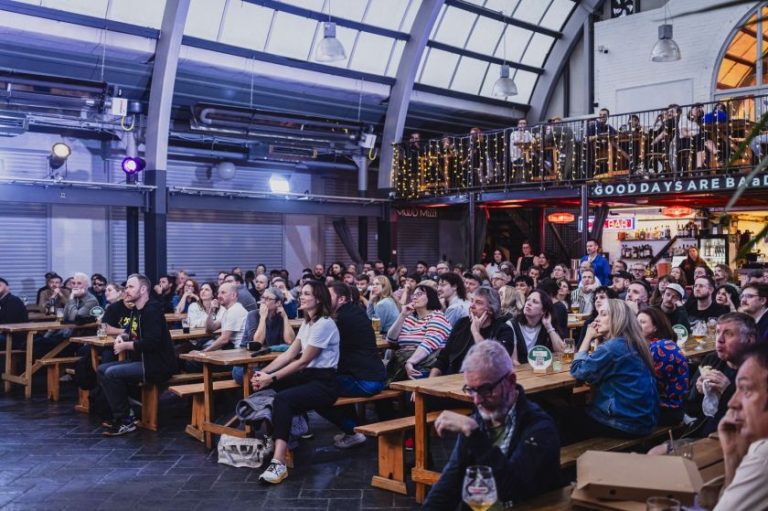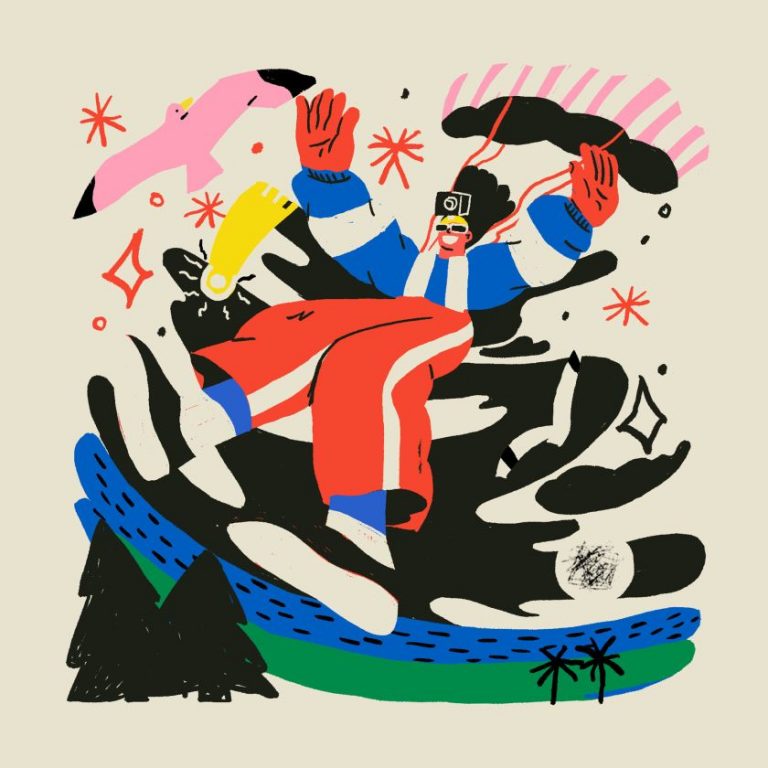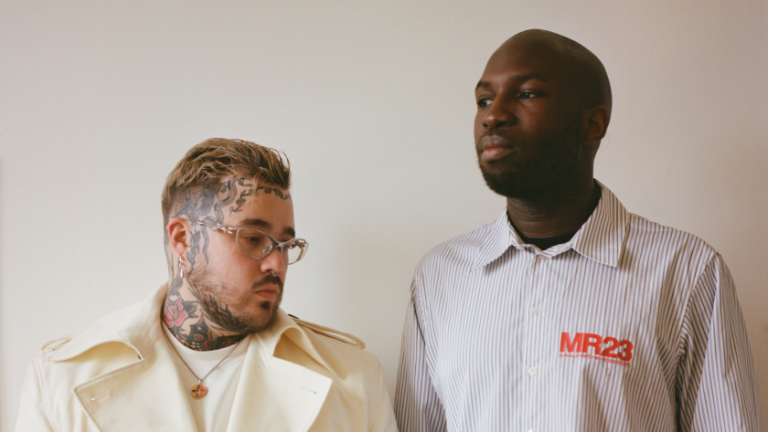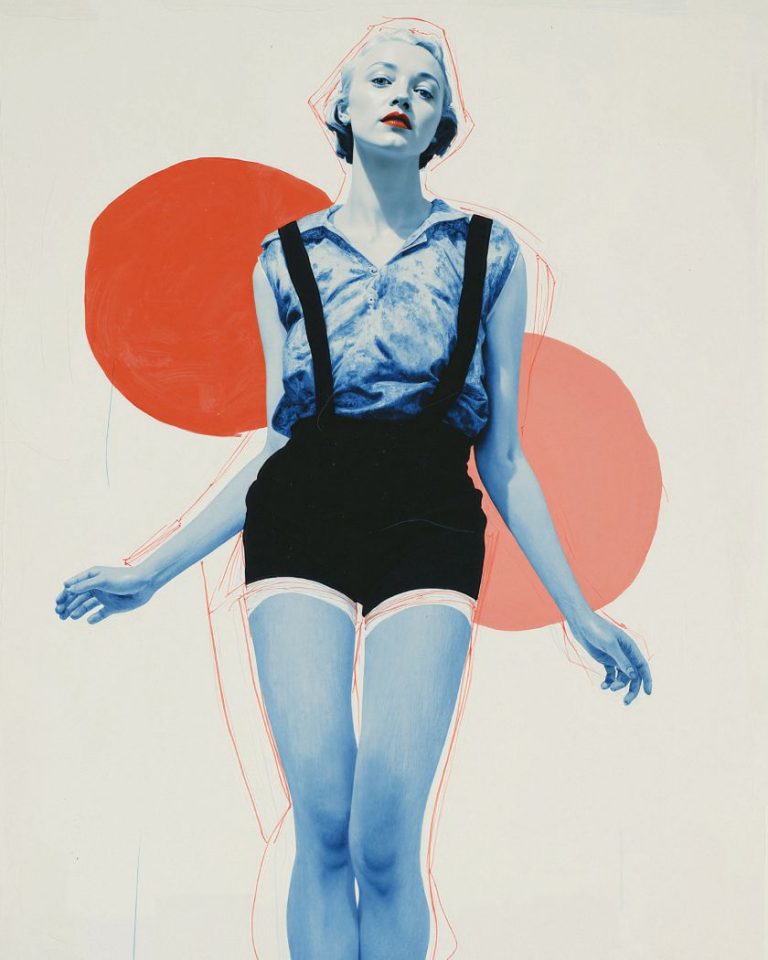Liam Gallagher – Image licensed via Shutterstock / A.PAES
The new Oasis tour is expected to make half a billion. What lessons can we learn from this incredible marketing success?
The recent announcement of an Oasis reunion has sent shockwaves through the music world and ignited a frenzy of excitement amongst many who grew up in the ’90s. This cultural earthquake serves as a powerful reminder that some bands, and indeed brands, never lose their grip on the public consciousness.
But what is it about the Gallagher brothers, along with their ’90s pop counterparts, the Spice Girls, that continues to draw such attention… while many of their contemporaries fade into obscurity?
More specifically, why are Oasis expected to generate a cool half a billion from their upcoming tour, while others – who sold similar numbers of records in their time – are struggling to earn a wage from group revival tours and the smaller stages at festivals?
According to the experts at Landor – the design agency behind such iconic projects as the FedEx logo – the answer lies in the enduring power of a strong brand.
The intangible essence of brand strength
Let’s start by reminding ourselves what a brand actually is.
It’s not just the product itself, although that’s obviously important. It’s not just the packaging, the logo, the advertising. It’s essentially about how all that adds up together and produces something pretty indefinable… but instantly recognisable.
So when someone says “Coke”, “McDonalds”, “Tiffany”, or “Apple”, for example, you immediately get a sense of what that brand means to you.
And so it is with certain bands. From Bob Marley to KISS, the Sex Pistols to Elton John, their very names evoke an emotional reaction.
Witness the continued popularity of band T-shirts at mass-market stores like Primark. They are often bought and worn by youngsters who couldn’t name a single one of their songs but have somehow absorbed their brand appeal through osmosis.
Cultural importance
“For fans, a lot of a band’s appeal is intangible,” explains Matthew Kissane, global executive director at Landor. “It’s the memory of how those acts made people feel, the era that they encapsulated. The music and the visuals are important, of course – they’re the core product. But what makes the difference between any other song or artist and these bands is the cultural and emotional context that surrounded them.”
Oasis, with their anthemic tunes and fierce brotherly rivalry, didn’t just create music; they captured and reflected the zeitgeist of an era, from Britpop to lads mags, ‘Cool Britannia’ to the reinvention of British football. In short, for people of a certain age, Oasis weren’t from the ’90s. In some way, they were the ’90s.
It’s this emotional connection that forms the bedrock of brand loyalty that spans decades. And the new reunion taps into that wellspring of nostalgia, offering fans a chance to relive the heady days of their youth.
However, other elements of what you might call Oasis’s “brand mix” have also played an important part.
The power of design assets
“When we talk about brand assets, both Oasis and the Spice Girls had stronger, more singular assets – whether visual, verbal, sonic or motion,” believes Matthew. “From how they looked to how they sounded, to how those assets showed up in the world – you’d see them, hear them, and know it was them.”
And that’s vital, he argues. “Design assets are mimetic,” he points out. “They allow brands to move through culture across different media. You see the Oasis logo or the iconic SPICE letters and you know who it’s talking about, what they sound like, what they represented.”
Three decades later, these visual and sonic cues continue to serve as mnemonic devices, instantly evoking not just the music but the entire ethos of the band. “They’re not the only thing that ensures longevity,” says Matthew. “But they help provide a multi-sensorial shorthand that reinforces the brand’s presence in the collective memory.”
Personalities as brand pillars
A brand also needs to have a personality. With some pop groups, it’s all about the music, and the musicians tend to vanish into the distance. In the case of Oasis and the Spice Girls, though, it’s always been the opposite. The distinct characters within each band play an important role in shaping their overall image and appeal.
“A big part of what made both bands cultural phenomena was their respective philosophies – and those philosophies were encapsulated in the personalities of the band members,” Matthew notes. “Liam Gallagher was the quintessential ’90s lad; Geri Halliwell was ’90s ‘Girl Power’. What makes these acts more memorable than their contemporaries is that they stood for something.”
This embodiment of cultural philosophies through the band members’ personas creates a deeper connection with fans, fostering loyalty that extends far beyond the music itself.
The tumultuous relationship between the Gallagher brothers, for instance, has been a defining aspect of Oasis’s legacy. It adds a dramatic element to their story that has kept fans and the media fascinated for decades.
We’re not sure how happy people who’ve paid £300+ a ticket will be if Liam storms off stage 10 minutes into the gig. But if that does happen, no one can really complain they weren’t warned…
The role of nostalgia
The role of nostalgia in maintaining the relevance of legacy brands like Oasis and the Spice Girls obviously cannot be overstated. Matthew describes it as “hugely important”, noting that both bands “encapsulate a moment – one which, today, probably seems a lot more innocent and easy to understand. They both arrived at the peak of modern British optimism, something which has been in short supply for years.”
Image licensed via Shutterstock
This longing for a perceived simpler time creates a powerful emotional pull. “And factor in that their core fanbase is now hitting or north of 40, starting to look back on their youth fondly – with a sense of yearning for an era of opportunity and easier choices,” Matthew observes.
Nostalgia doesn’t just happen by itself, though. There are plenty of bands and songs we’ve completely forgotten about because we simply haven’t heard them since they first charted. Music needs to be continually resurfaced, and in today’s digital landscape, social media plays a crucial role.
How music resurfaces in 2024
Platforms like TikTok have proven particularly powerful in resurfacing older music and giving it new relevance. “What’s been fascinating about TikTok is how it’s revived old music and icons unexpectedly,” Matthew notes. “From Kate Bush to Mariah Carey, it resurfaces content – sometimes hits, sometimes flops – from years gone by and gives them relevance again.”
That said, for bands like Oasis and the Spice Girls, their enduring appeal goes beyond social media trends. “There’s also a sense of handing-down or transferral from parents to their kids – just like the generation prior passed down ABBA to their children.”
The rise of streaming has also significantly impacted how so-called ‘legacy bands’ maintain their brand dynamics in 2024. By making catalogues more discoverable, streaming algorithms and playlisting policies are shaping how these brands endure musically.
For example, the most popular streams from legacy artists aren’t necessarily what you’d expect from their original record sales. As Matthew points out: “One of Oasis’s biggest hits, their 1997 UK number one D’Ya Know What I Mean, is almost nowhere in their top streaming list.”
The scarcity principle
While reunions and comebacks can reinvigorate a band’s brand, they also carry risks. The concept of exclusivity plays a pivotal role in maintaining the appeal of legacy acts.
Matthew points out that scarcity can enhance value. And that’s why reunions and comebacks don’t happen often. “You saw this from ABBA – their refusal to do anything together for years allowed for their legacy to be protected. We only got to celebrate the very pinnacle of their work; we never had to face long years of diminishing returns.”
This scarcity principle creates a sense of anticipation and heightens the brand’s perceived value. “So people come to miss them. They value them more because content or presence is scarce. So when they come back together – finally – it feels truly exciting.”
This explains why the Oasis reunion has generated such frenzied headlines: it’s been such a long time coming. The reason for this may be more about Liam and Noel’s rocky relationship than a carefully planned strategy, but it’s worked well for them all the same.
That said, the execution of a comeback is important too. “Whilst the feelings this reunion stirs up will deliver monetary value, the way that Oasis land it also matters,” says Matthew. “The fan uproar provoked by Ticketmaster’s dynamic pricing has created a media storm. By the time the concerts roll around, the upset will probably have faded into the rearview. But it’s been an unfortunate misstep in what could have been a flawless return to relevance.”
Lessons for modern brands
The branding strategies employed by these iconic bands offer valuable lessons for modern brands across industries, adds Matthew.
“The iconic design assets that these brands used to imprint and transmit themselves through culture are no different to the Coca-Colas and Apples of the world,” he explains. “You see them, you hear them, and you know. The Spice Girls, in particular, was the first pop group to put branding at the heart of their strategy – effortlessly transposing their image onto all kinds of other goods and merchandise.”
For marketers and brand strategists looking to create enduring brands, Matthew offers this advice: “Think about all of your design assets: visual, verbal, sonic and motion. Having assets that can move through culture and across different media – just as we saw with Charli XCX’s Brat this summer – is hugely potent.”
The sonic dimension
While we’re talking about music, of course, we can’t ignore the importance of sound in creating a lasting brand impact. Karolina Namyslowski is the creative director and global head of creative at amp, Landor’s sonic branding specialists. She notes: “Oasis’s sound has attitude and personality. It is the sound of hedonistic, pissed-off Britain.”
This distinctive sonic identity contributes significantly to the band’s enduring appeal. As such, it offers lessons for brands today beyond the music industry.
“We live in a world where a lot of brands choose conformity over braveness and character when it comes to their sound,” Namyslowski argues. “There are many missed opportunities when it comes to contributing to a holistic and unique brand expression. Today’s customers are looking for originality and iconicity in a brand’s sound that can help them navigate through the sea of sameness.”
Her solution? “A distinct sound connects bands, and brands, with their audiences on a deep emotional level,” she points out. “This is what creates loyalty that will make you queue for a ticket for 12 hours straight.”
Conclusion
The hysteria surrounding the Oasis reunion serves as a powerful reminder of the lasting impact of strong branding in the music industry and beyond. Through a combination of iconic design assets, distinctive sounds, clear messaging, and unforgettable personalities, bands like Oasis and the Spice Girls have created brands that stand the test of time.
For graphic designers, marketers, and brand strategists, the lessons from these enduring musical acts are clear: create multi-sensory brand experiences, tap into emotional connections, and develop assets that can evolve with culture while remaining true to the core identity.
By doing so, brands can aspire to achieve the kind of lasting cultural relevance that keeps audiences coming back for more, even decades after their initial impact.










